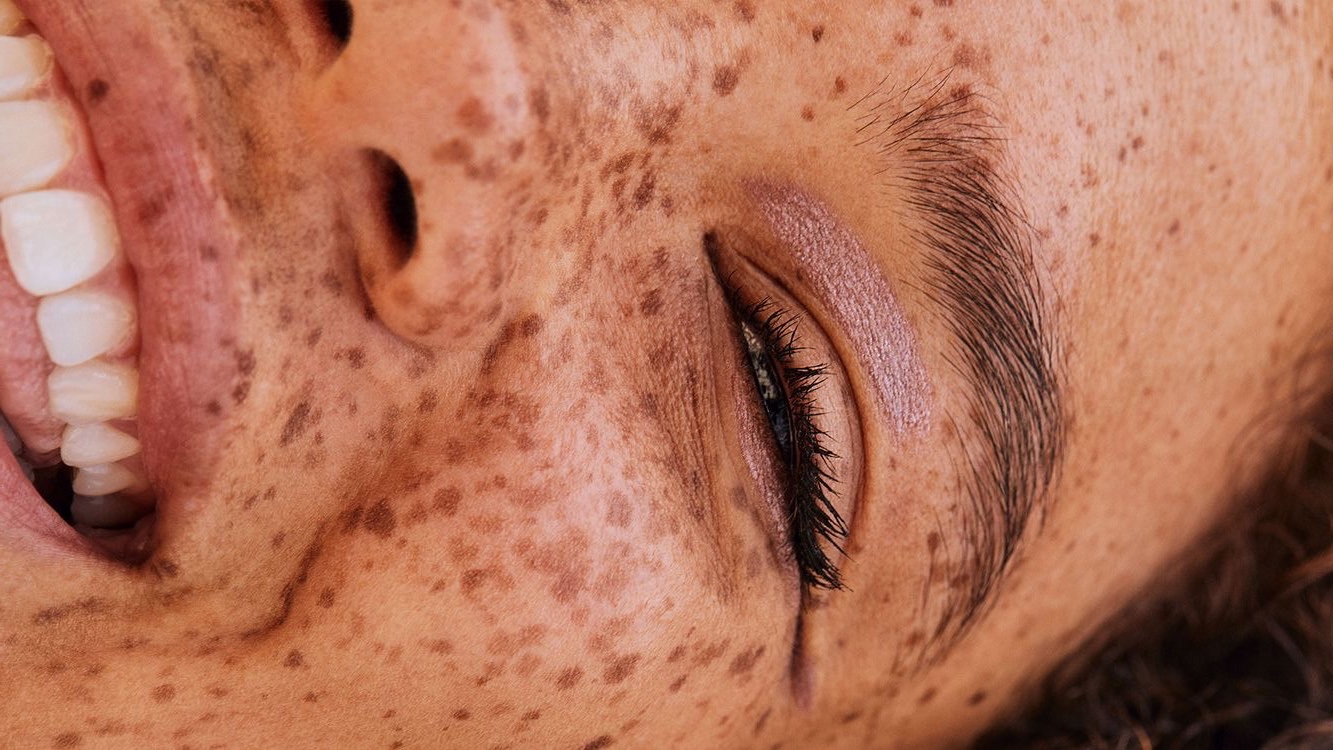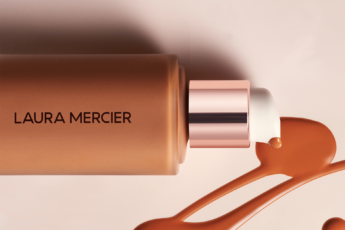Hydroquinone is one of this controversial skincare ingredients that might cause some confusion. However, Australia’s leading dermatologists and globally renowned specialists in pigmentary disorders are willing to prescribe this effective active ingredient for particular skin concerns, included Pigmentation and Melasma. The reason why? It is very effective at fading certain types of pigmentation, whether it is safe to use and why it is considered the number one choice of dermatologists. Dr Michelle Rorigues, dermatologist and specialist in pigmentation disorders, shares with us everything you need to know about Hydroquinone.
You’ll also like this:
How To Master The No Makeup-Makeup Look This Summer
The Best Face Mists to Keep Your Skin Hydrated During Summer
The 11 Best Self-Tanners That Will Never, Ever Streak
What Is Hydroquinone?
Hydroquinone is a chemical ingredient that lightens skin. It is often used to lighten patches of abnormally dark skin. It can be found in cream, ointment and lotion formulas and is usually is found in concentrations between 1% -6%. In Australia, a prescription is needed for concentrations of more than 2%, which needs to be made up by a compounding chemist.
Benefits of Hydroquinone
Hydroquinone is the current gold standard treatment for some forms of hyperpigmentation like melasma and post-inflammatory hyperpigmentation. It works by inhibiting the effect on the enzyme tyrosinase, which converts (dihydroxyphenylalanine) DOPA to melanin (pigment) which means it can improve pigment sitting in the top (epidermis) layer of the skin.
It also affects melanosomes which are cells responsible for the production, storage, and transport of pigment (melanin)
According to John Plunketts Super Fade Pigmentation experts, hyperpigmentation or sun damage can play with our skin is as persistent as it is problematic. Not just limited to the face, many women find that a downfall of living down under is that their skin is prone to pigmentation on their hands, arms and décolletage, as well as areas of their face.
So using serums such as Superfade Accelerator Serum – which contains a powerful blend of BHA and AHAs, including Ferulic Acid, is a great option to consider as it delivers clinical results after 28 days of consistent application. Also, the Superfade Face Treatment Cream alongside each other will radically reduce the signs of more hyper-pigmentation and is suitable for anyone with persistent dark spots and sun damage.

What skin conditions can benefit from it?
Conditions like post-inflammatory hyperpigmentation, freckles and melasma are conditions that may be helped by Hydroquinone.
“Hydroquinone is my go-to ingredient for treating some types of pigmentation like freckles, age spots, melasma and post-inflammatory hyperpigmentation,” Says Dr Michelle Rodrigues.
Hydroquinone Side Effects
Hydroquinone may cause skin irritation, redness, itching and skin allergy. Rarely, prolonged use may cause irreversible darkening of the skin (called ochronosis).
It should not be used whilst pregnant, or breastfeeding and application on areas of broken or open skin should be avoided.
How to use Hydroquinone?
“Hydroquinone is best applied once daily at night. Over-the-counter Hydroquinone (2%)”, says Dr Michelle Rorigues.
It should be used for no longer than 8-12 weeks. After this, if there is no improvement or if ongoing use is needed, consult your general practitioner or dermatologist. It is also important to ensure you wear a good, broad-spectrum sunscreen with SPF factor 50+ every day and reapply it as per the instructions because this protects against worsening hyperpigmentation and increases the effectiveness of the Hydroquinone.
The most important thing with any form of hyperpigmentation is to get the correct diagnosis first and ensure your treatment plan is managed by a dermatologist to get the best results.
You’ll also like this:
How To Avoid Sweat Stains On Your Clothing This Summer
Sydney’s Best Beauty Salons and Treatments You Need to Try Now









Leave a Comment